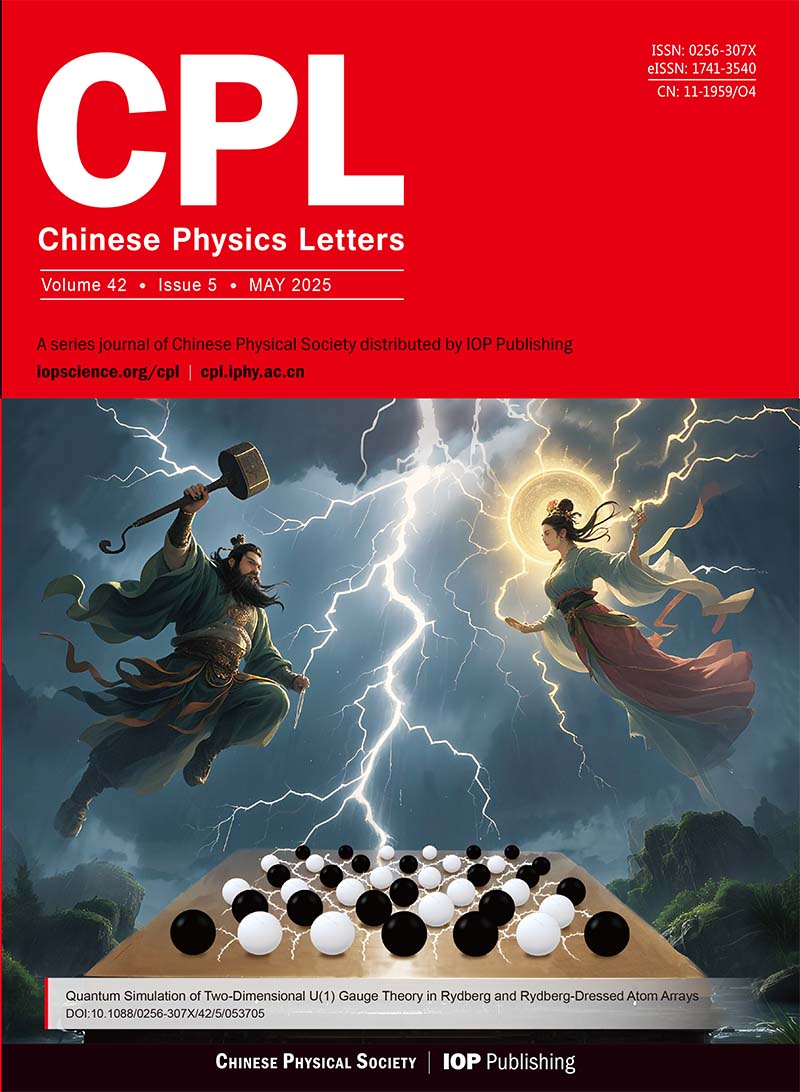Preparation and Annealing-Induced Structural Transition of Self-Organized Nanostripes on the Electropolished Aluminium Surface
- Available Online: 30/03/2002
Abstract: Self-organized nanostripe patterns with a wavelength of l00nm and an amplitude of 4 - 5nm were formed Seon the surface of high-purity aluminium by electropolishing. The thermal stability of the nanostripe patterns was investigated experimentally by using a needle-sensor atomic force microscope in an ultra-high vacuum after annealing the sample in a high vacuum. We found that the originally highly ordered nanostripe structures transformed into many domains separated by various boundaries, and different nanostripe patterns formed, the belt-like boundaries especially formed "cross" patterns on the surface. We also found that the vacuum annealing had the tendency to efface the nanostripe structures.

 首页
首页 登录
登录 注册
注册






 DownLoad:
DownLoad: